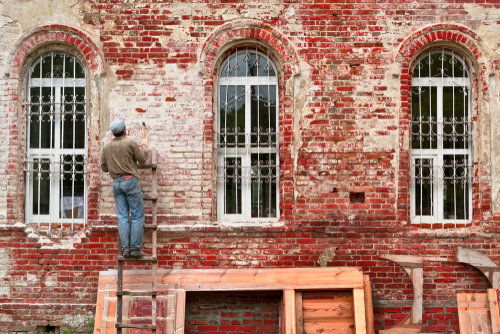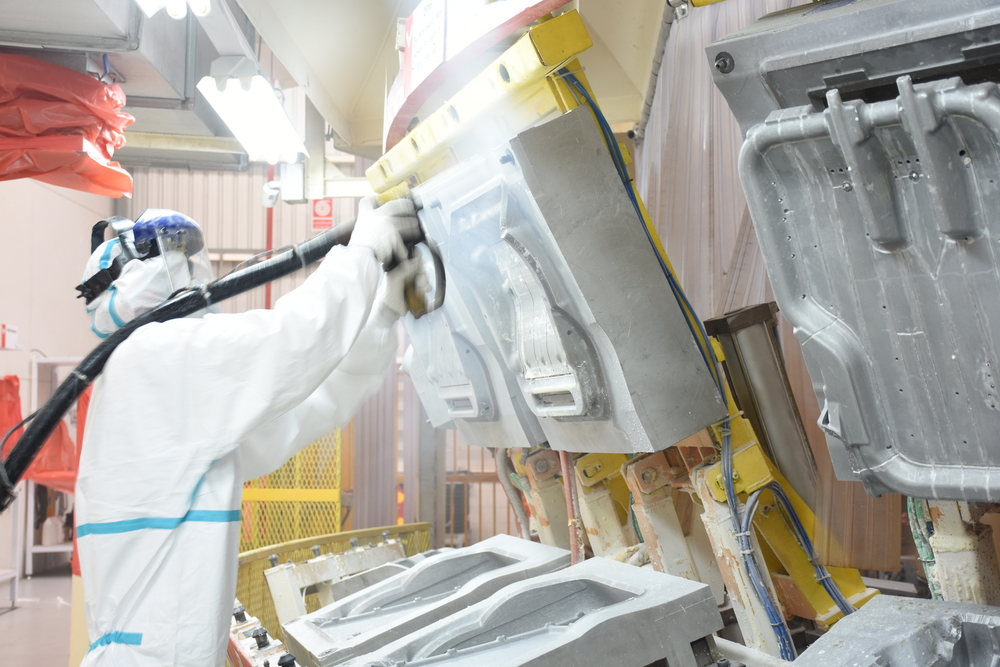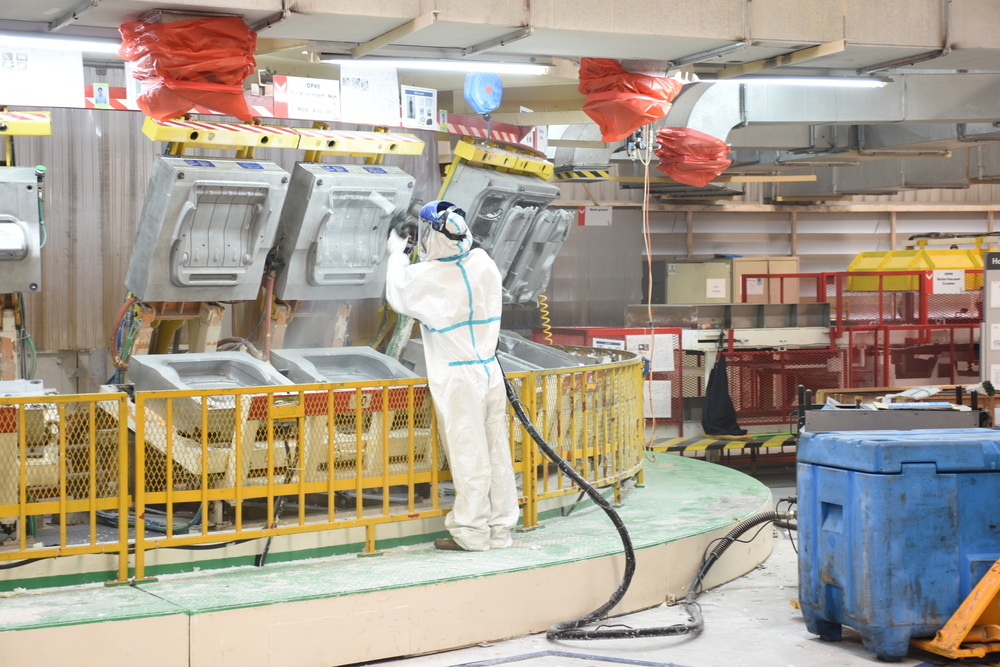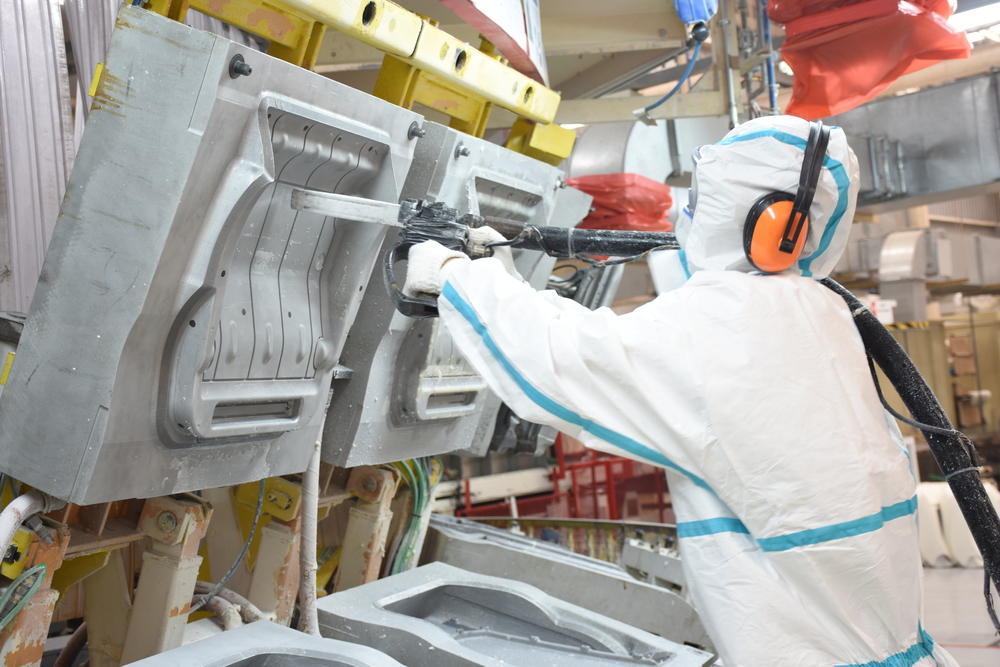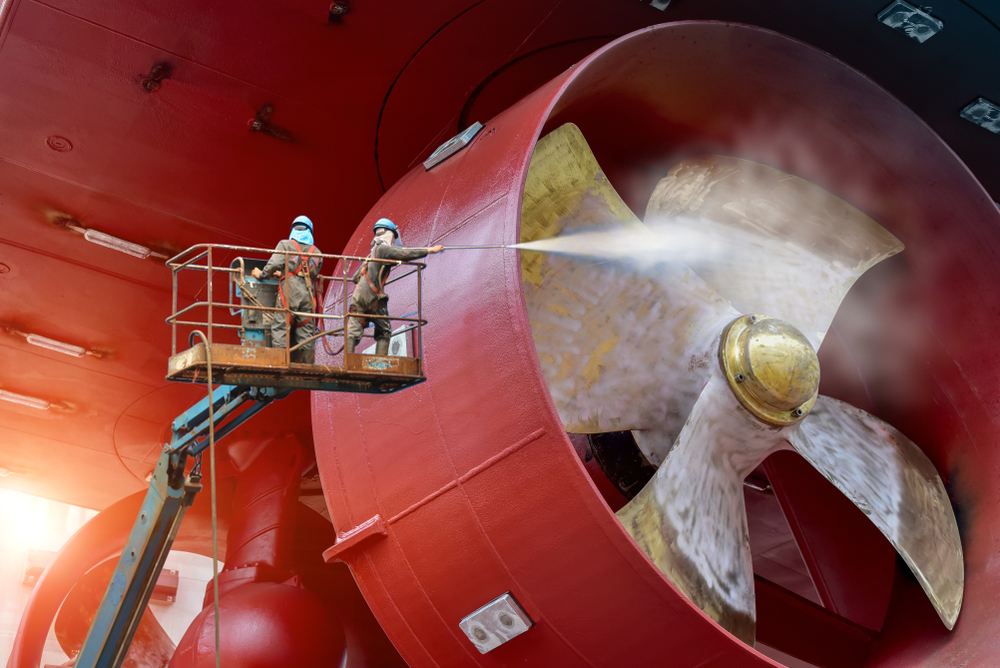Historic buildings are tangible connections to our past, telling stories of different times and cultures. Preserving these structures is a noble but challenging task, requiring careful consideration to maintain their integrity while removing years of grime, pollution, and decay. One innovative method proven exceptionally effective in this endeavor is dry ice blasting, a technique that offers a gentle yet powerful solution for cleaning delicate surfaces without causing damage. In this blog, we will explore how dry ice blasting can play a crucial role in the revitalization of historical buildings, restoring their beauty while preserving their historical significance.
Understanding Dry Ice Blasting
Dry ice blasting is an innovative cleaning technology that employs solid CO2 pellets, also known as “dry ice,” as the blasting medium. This technique involves propelling the dry ice at high speeds towards the surface to be cleaned. Upon impact, the dry ice sublimates (turns directly from solid to gas) and lifts dirt and contaminants off the surface without abrasion, water, or chemical residues.
Explanation of the Dry Ice Blasting Process
The process starts with compressed air propelling dry ice pellets through a blasting hose at supersonic speeds toward the target surface. The extreme cold of the dry ice (-78.5°C or -109.3°F) makes the dirt or unwanted material brittle, breaking its adhesion from the substrate. When the pellets hit the surface, they sublimate instantly, expanding to nearly 800 times their original volume. This rapid expansion under the contaminant layer causes it to lift off the surface, leaving it clean. The only byproduct of this process is the dislodged dirt and contaminants, as the dry ice itself sublimates into the atmosphere.
Comparison with Other Cleaning Methods
- Sandblasting: Unlike dry ice blasting, sandblasting utilizes abrasive materials like sand or glass beads, which can erode or damage the underlying surface. Sandblasting leaves behind a secondary waste of used abrasives and often requires extensive cleanup.
- Power Washing: Power washing uses high-pressure water to remove dirt, which can lead to moisture-related issues, especially in sensitive environments. It’s unsuitable for surfaces damaged by water or where mold and mildew may proliferate due to residual moisture.
Dry ice blasting offers a non-abrasive, dry alternative that avoids these issues, making it beneficial for a wide range of applications.
The Benefits of Dry Ice Blasting for Historical Buildings
Non-Abrasive Nature
One of the most significant advantages of dry ice blasting is its non-abrasive nature. Traditional cleaning methods, such as sandblasting, can erode or damage the surface of soft stone, brick, wood, and other materials commonly found in historic buildings. Dry ice blasting, however, cleans effectively without altering the surface underneath, making it safe for even the most delicate structures.
No Water or Chemicals Required
Water and chemical cleaners pose risks to historic buildings. Water can penetrate porous materials, leading to mold, mildew, or structural damage over time, while harsh chemicals can react unpredictably with different materials, potentially causing discoloration or corrosion. Dry ice blasting eliminates these concerns by using CO2 pellets that leave no secondary waste, preserving the building’s integrity.
Environmentally Friendly
The absence of chemicals and secondary waste makes dry ice blasting an environmentally friendly cleaning method. The CO2 used in dry ice blasting is a by-product of industrial processes, capturing gas that would otherwise be released into the atmosphere. This eco-friendly aspect is particularly appealing for projects aiming to maintain or improve the environmental footprint of historical restorations.
Effective and Efficient
Dry ice blasting is highly effective at removing a wide range of contaminants, including soot, grime, paint, and biological growth, without damaging the substrate. It penetrates tiny crevices and intricate details that traditional cleaning methods might miss, ensuring a thorough clean. Furthermore, because it leaves no residue, cleanup is minimal, reducing the overall time and cost of restoration projects.
Safe for Occupants and Artifacts
The non-toxic nature of dry ice blasting makes it safe for use in occupied buildings and around sensitive artifacts. Unlike chemical cleaners, there are no fumes or hazardous substances to worry about, making it an excellent option for museums, historic homes, and other heritage sites that remain open to the public or contain valuable collections.
Success Stories of Dry Ice Blasting in Historical Restoration
Across the globe, dry ice blasting has been successfully employed to revitalize numerous historical buildings, from ancient stone monuments to historic wooden ships. These projects have demonstrated not only the efficacy of dry ice blasting in removing decades or even centuries of buildup but also its ability to do so without compromising the structure’s historical value.
In one notable case, dry ice blasting was used to clean the interior woodwork of a 19th-century church. Years of candle soot had darkened the intricate carvings, obscuring their detail. Dry ice blasting gently removed the soot, revealing the exquisite craftsmanship underneath without damaging the wood or the original paint.
Another example involved the restoration of a historic brick building, where dry ice blasting was instrumental in removing graffiti and pollution stains from the facade. The process efficiently restored the building’s appearance, enhancing its architectural features without the need for repointing or repair work that might have been necessary after more abrasive cleaning methods.
Choosing the Right Professionals for Dry Ice Blasting
Given the specialized nature of dry ice blasting, selecting a provider with experience in historical restoration is crucial. Raw Restoration Blasting, with its expertise in dry ice blasting, understands the unique challenges and responsibilities involved in working with historic structures. Their skilled technicians are trained to assess each project individually, determining the optimal blasting pressure and technique to achieve the best results without risk to the building.
Call Our Experts Today
The preservation of historic buildings is a delicate balance between cleaning, restoration, and conservation. Dry ice blasting offers a solution that respects this balance, providing an effective, efficient, and environmentally friendly method for revitalizing our architectural heritage.
By choosing our knowledgeable and experienced experts at Raw Restoration Blasting, stakeholders in historical restoration projects can ensure their buildings are cleaned and preserved for future generations to appreciate and learn from. In the hands of the right professionals, dry ice blasting can breathe new life into the storied walls of history, making it a smart choice for anyone tasked with the care of these irreplaceable treasures. Contact our team in Burlington, WI, today at (262) 417-6836 to request a quote.

